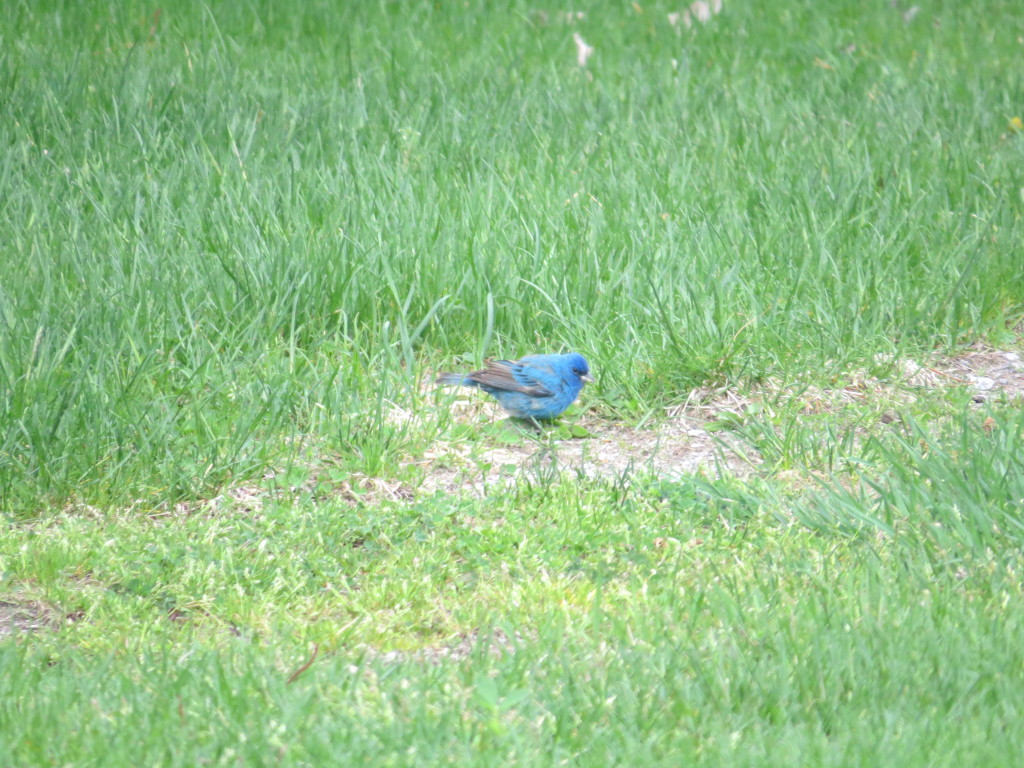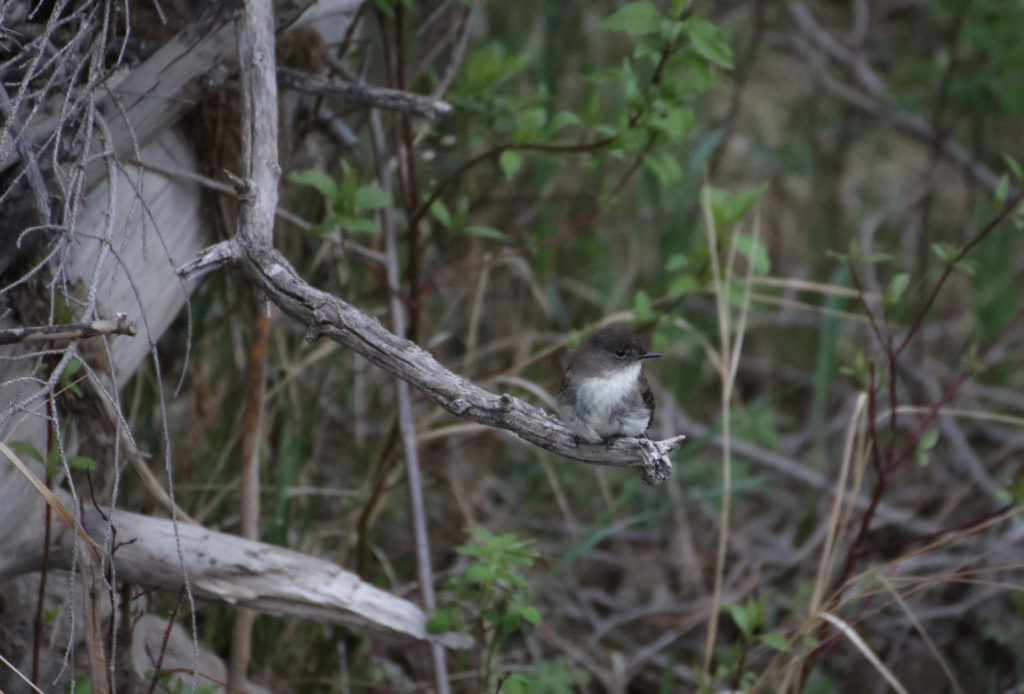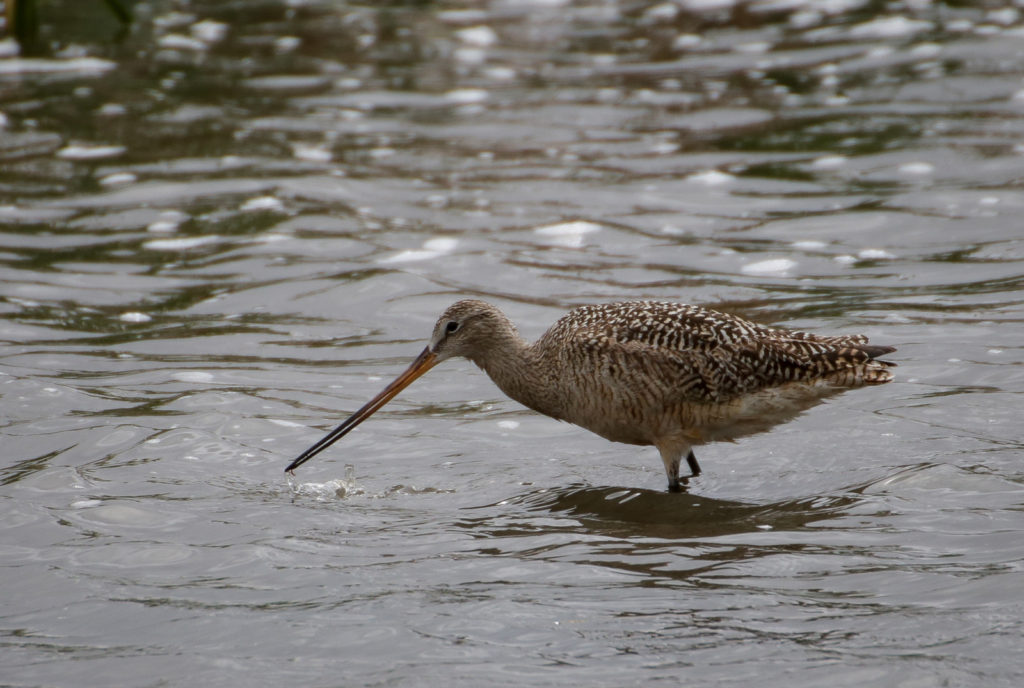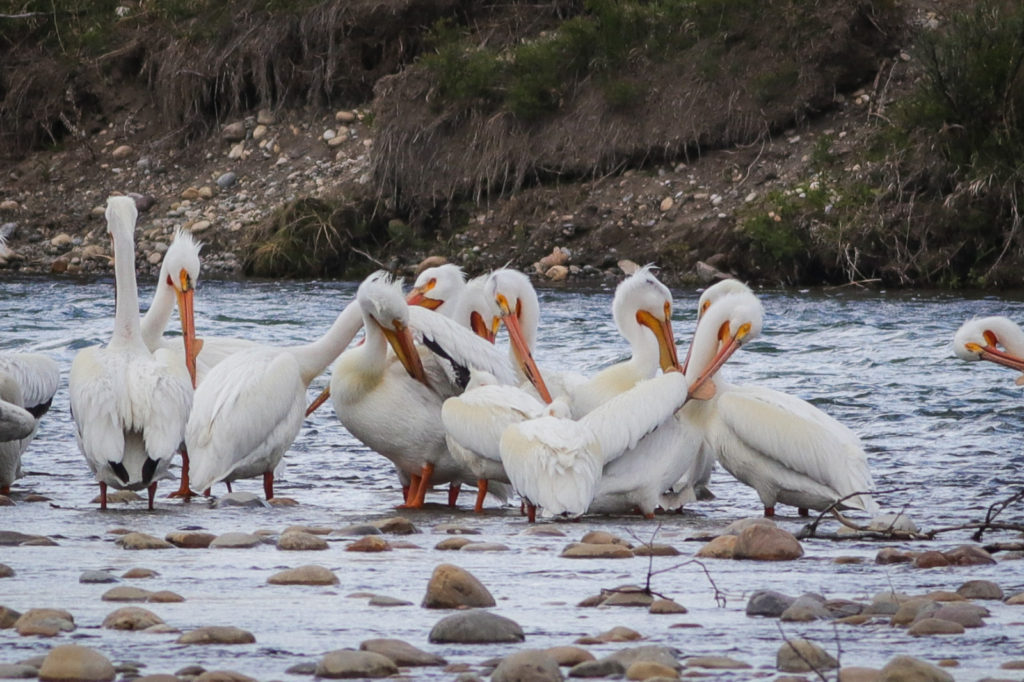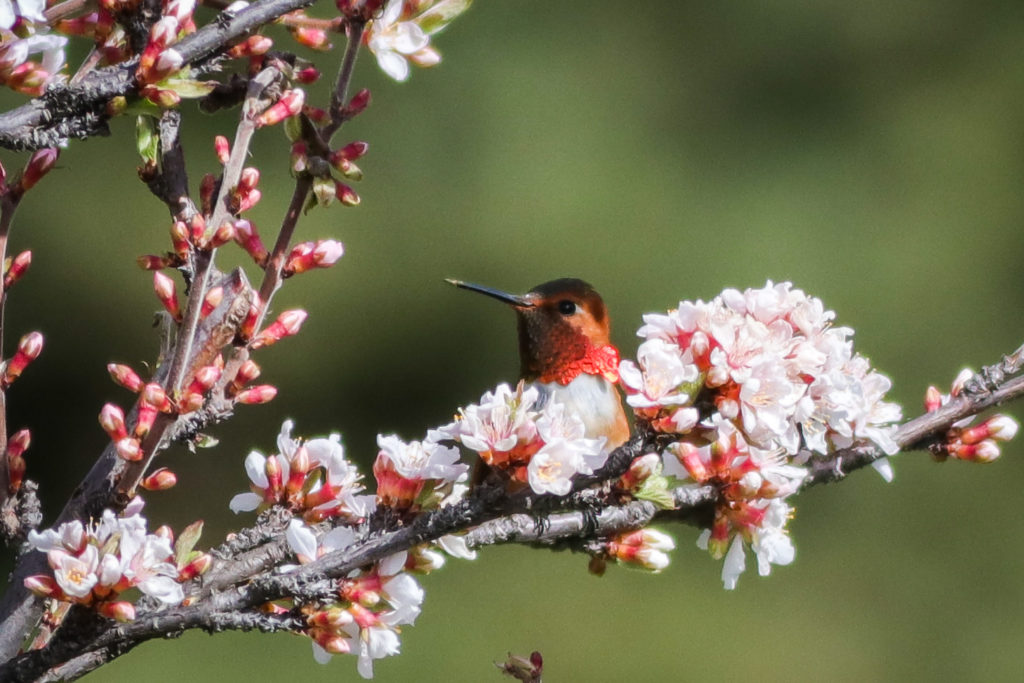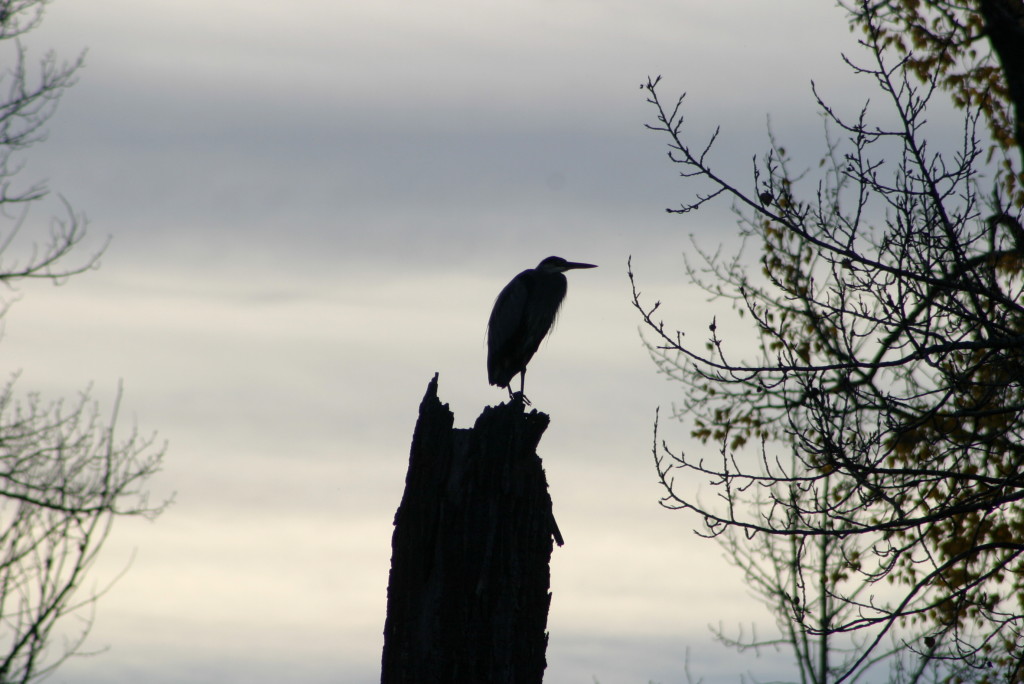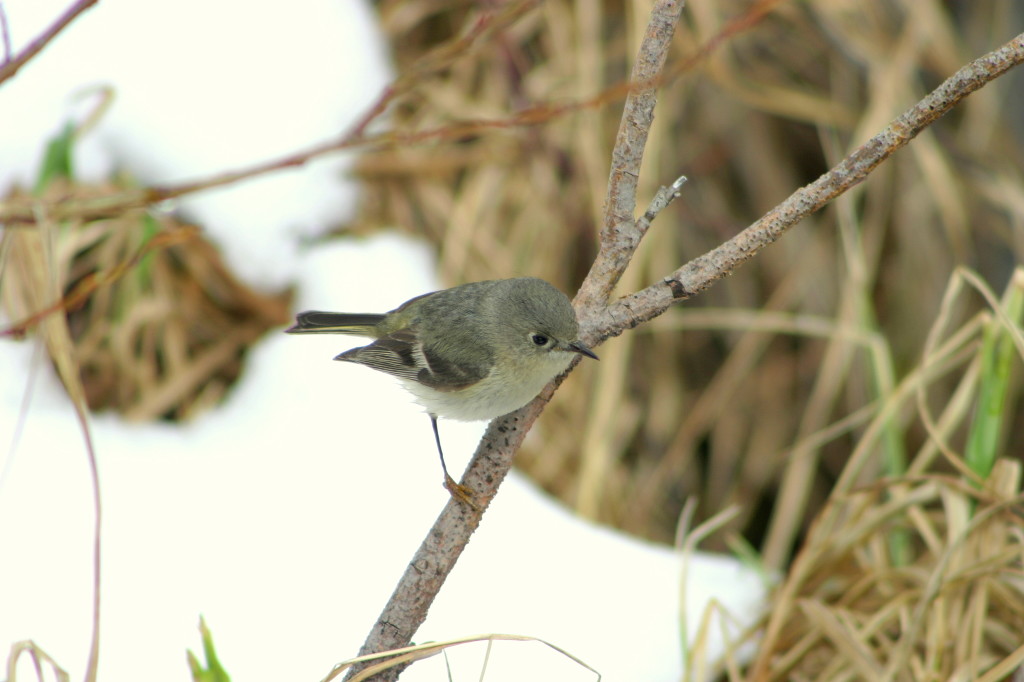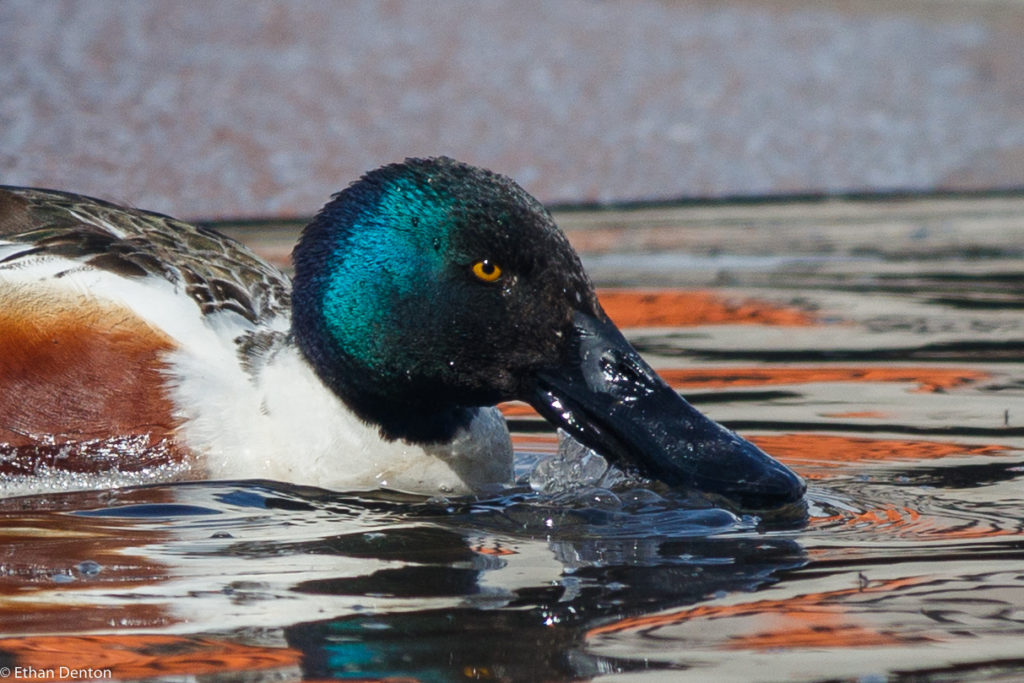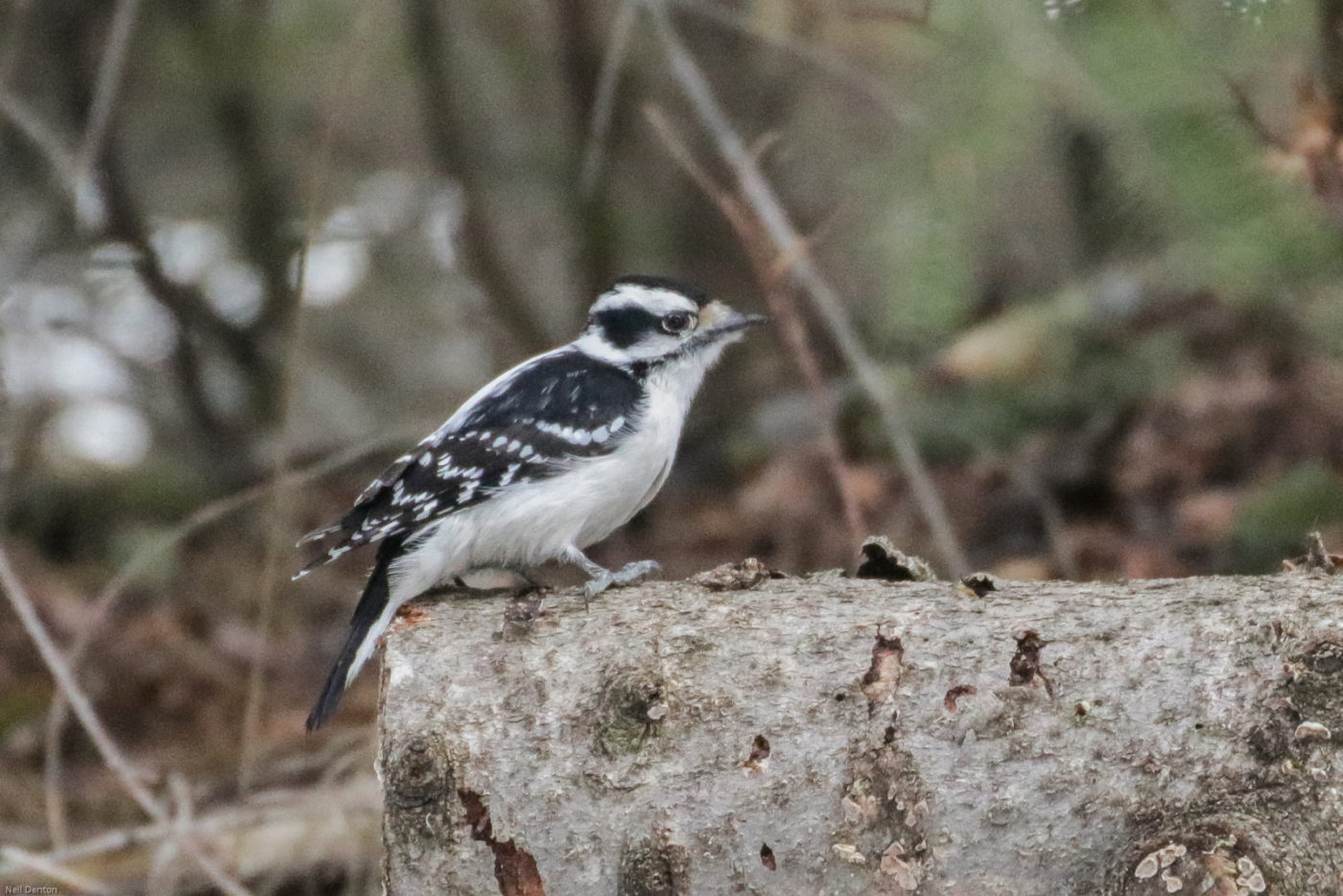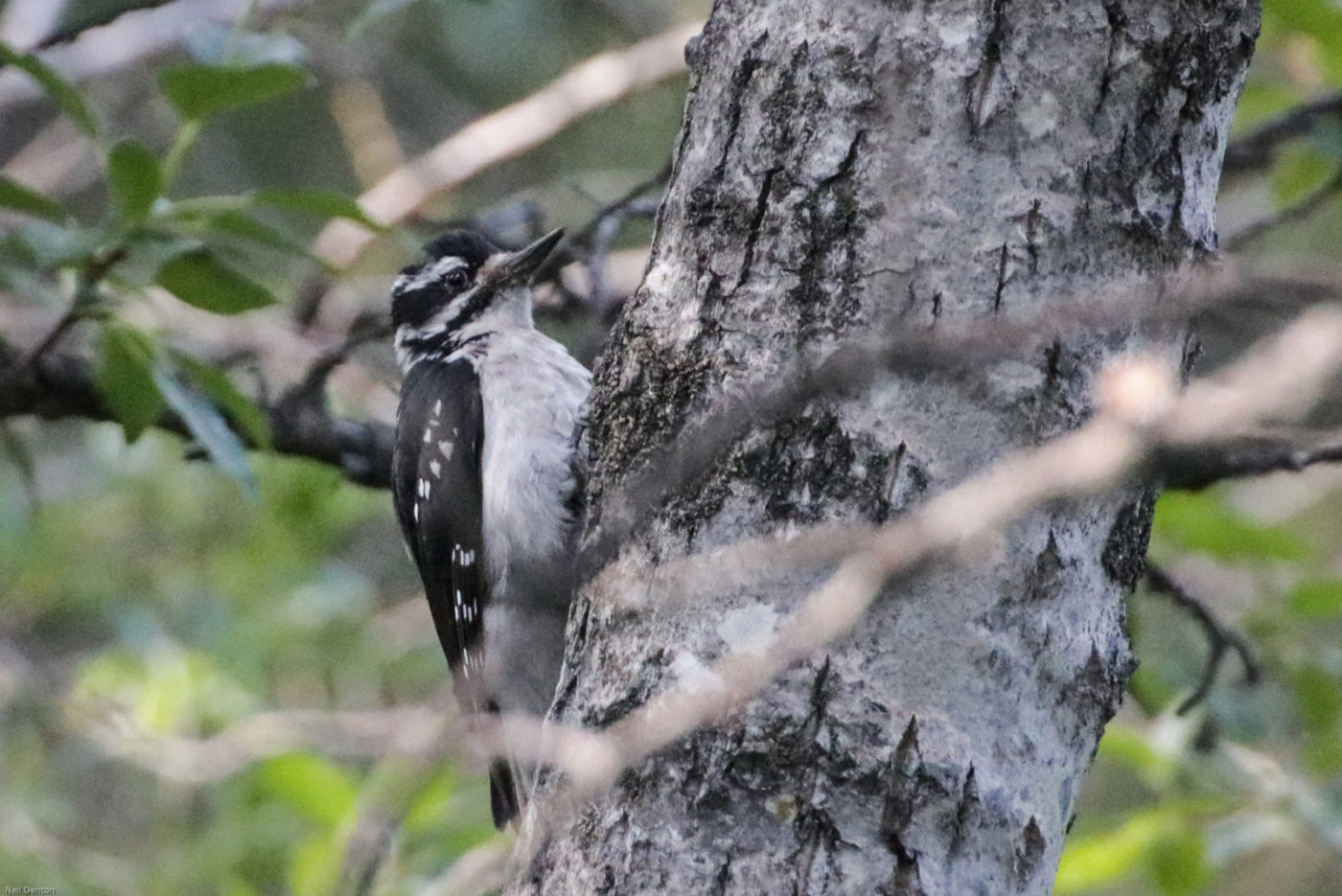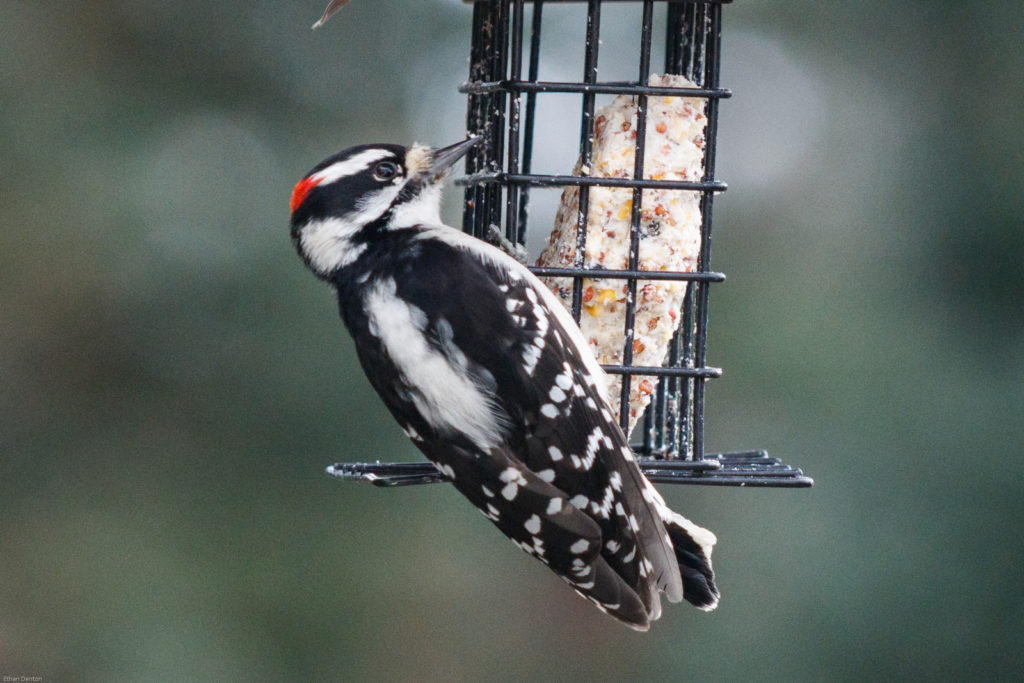One of the most popular spring migrants families is the Warblers, with their bright plumage and stunning songs capturing the attention of even non-birders. In the last week, many species of Warbler have returned to Alberta, including even a few Black-throated Green Warblers spread across the province.
One of my personal favourite warblers is the Cape May. Bright yellow, with black streaking and an orange face patch, this small bird tends to stay high up in spruce or deciduous trees. Yesterday, however, we got lucky with one and it came down low for some photographs.
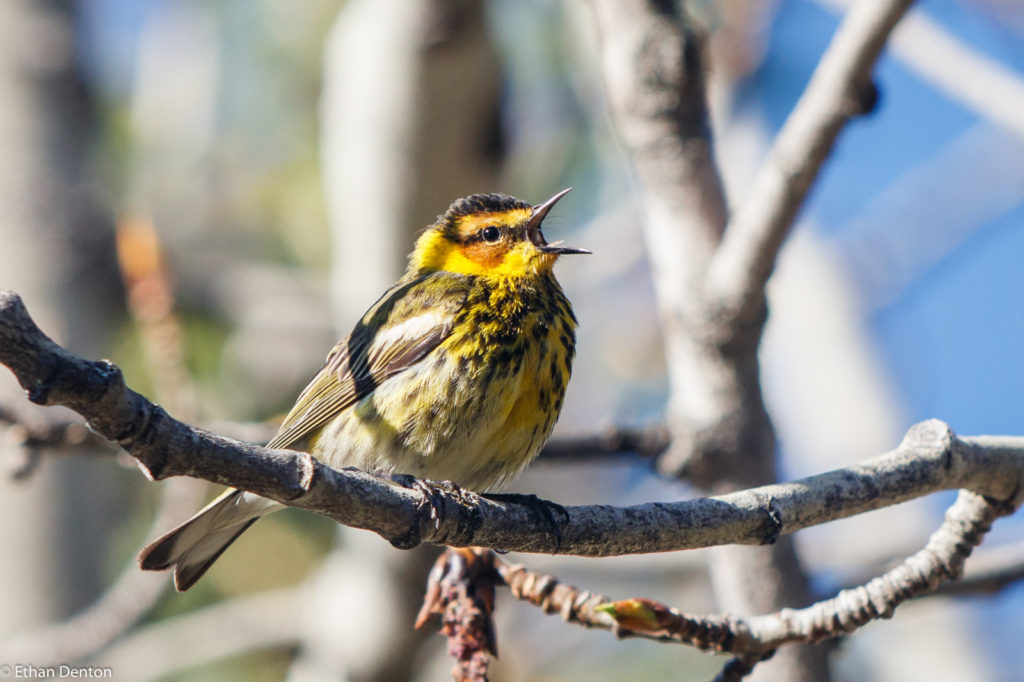
Another warbler which just came in is one which breeds in Banff, but has not been seen in Canmore until I found this individual on Policeman’s Creek: Blackpoll Warbler!
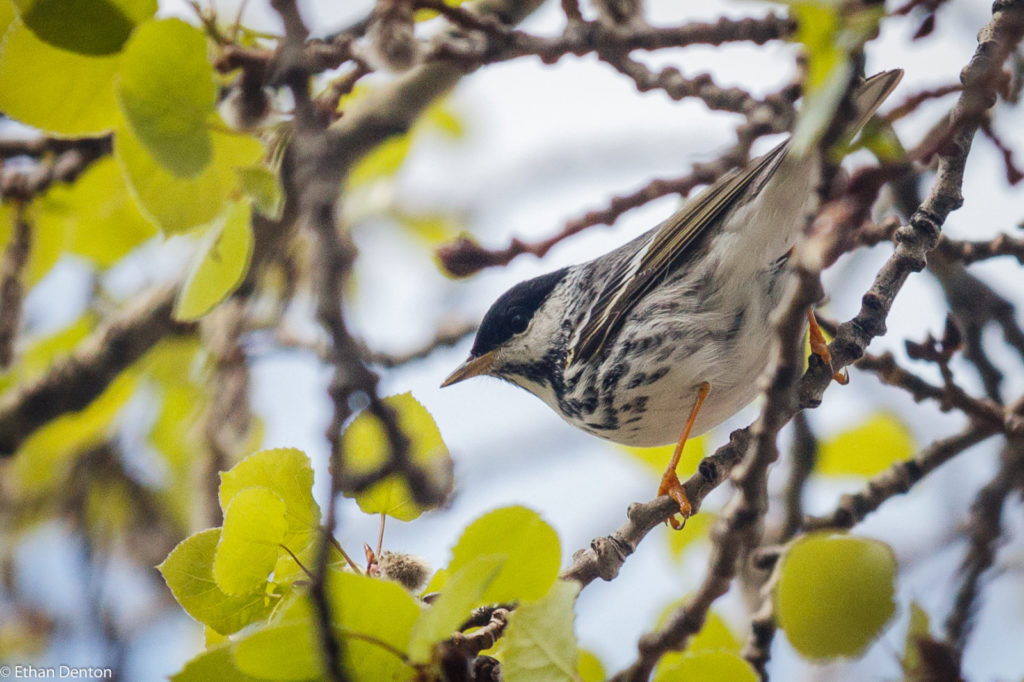
Finally, the American Redstart. Three this morning in Flowing Waters was a good count for this time, but these charismatic little fellows will be commonplace in Canmore before long.
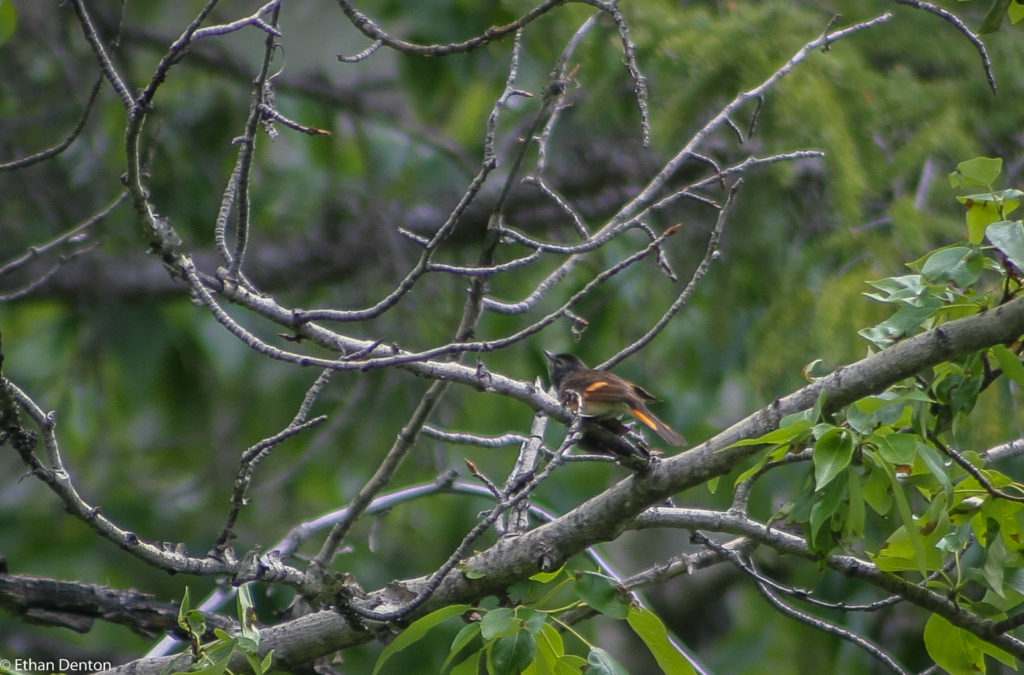
Here’s to the Tennessee, MacGillivary’s and more still to come!
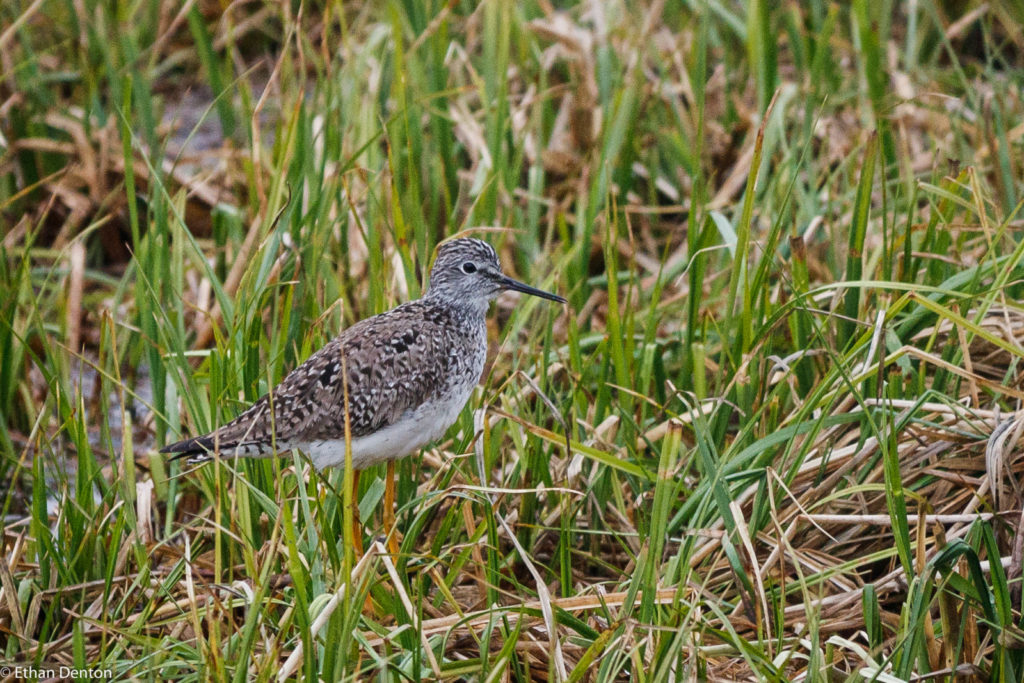
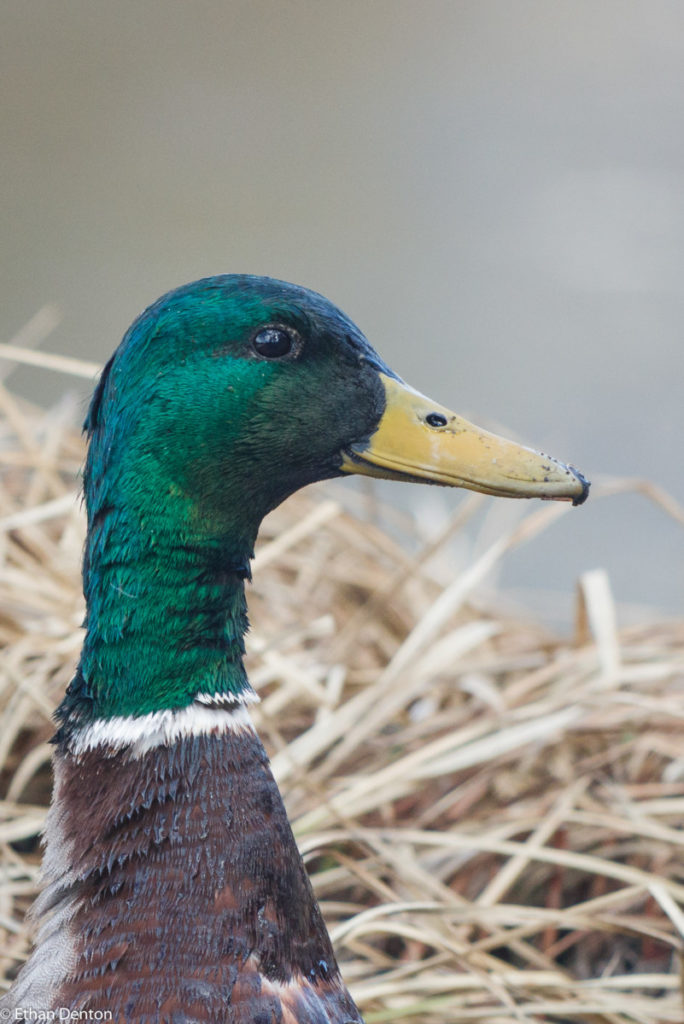
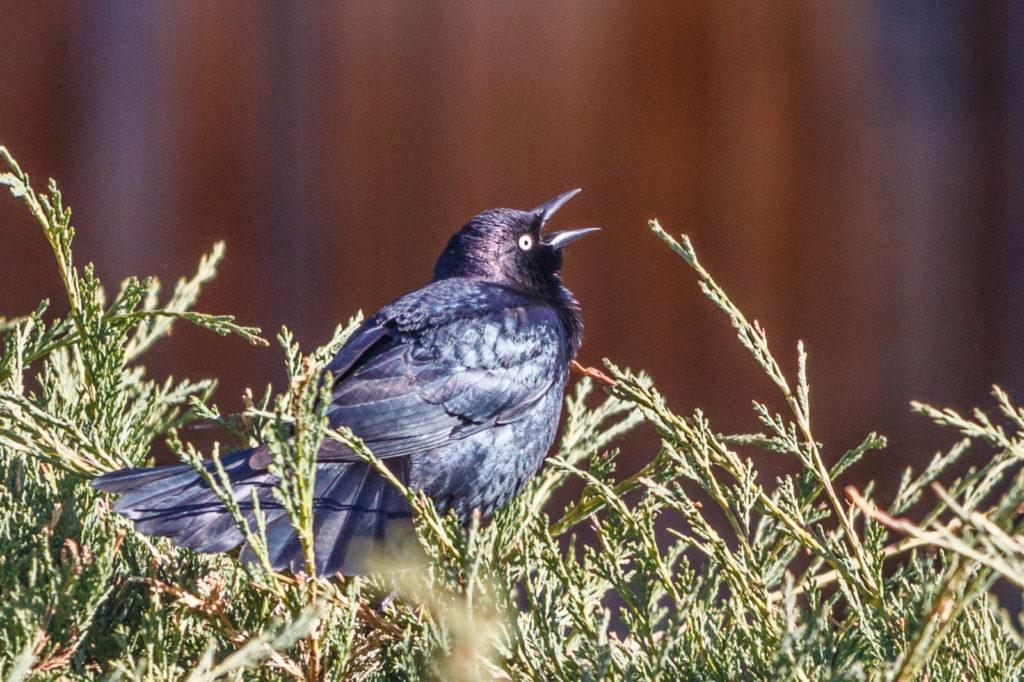
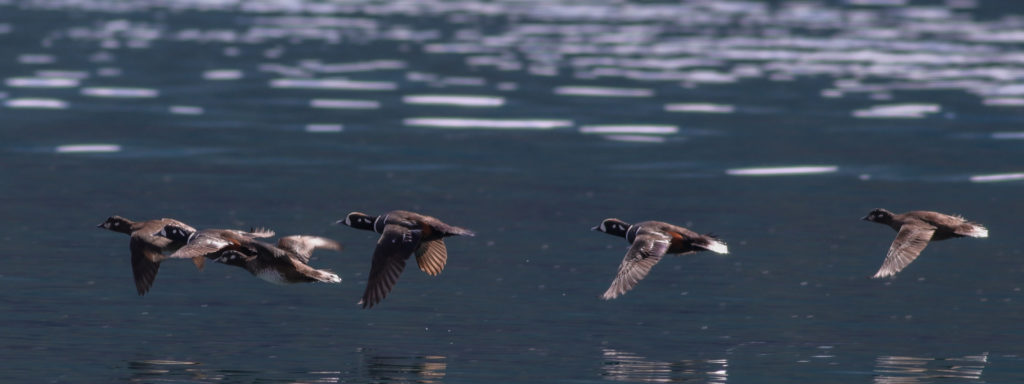
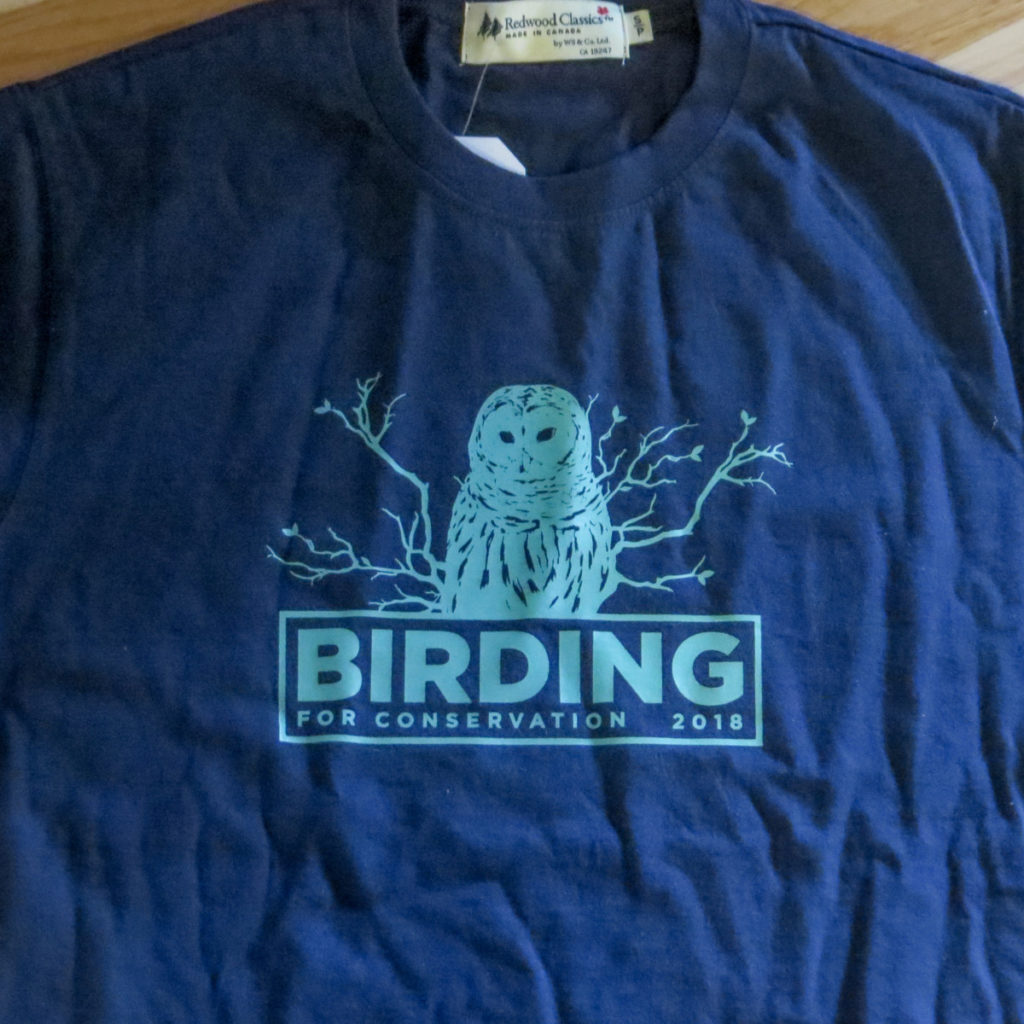
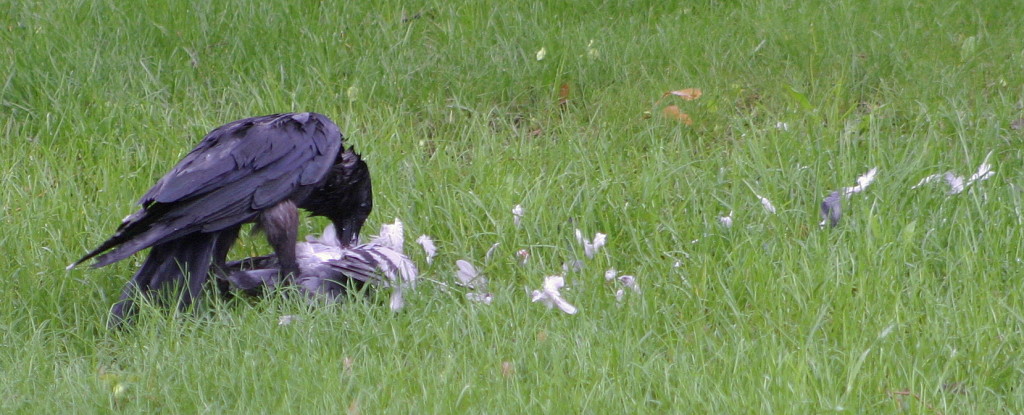
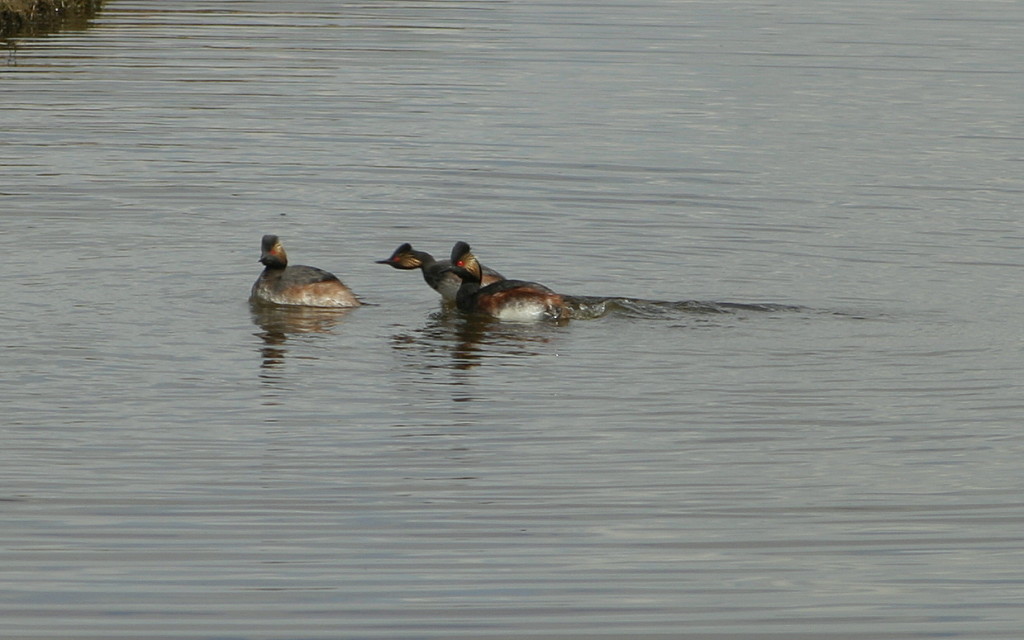
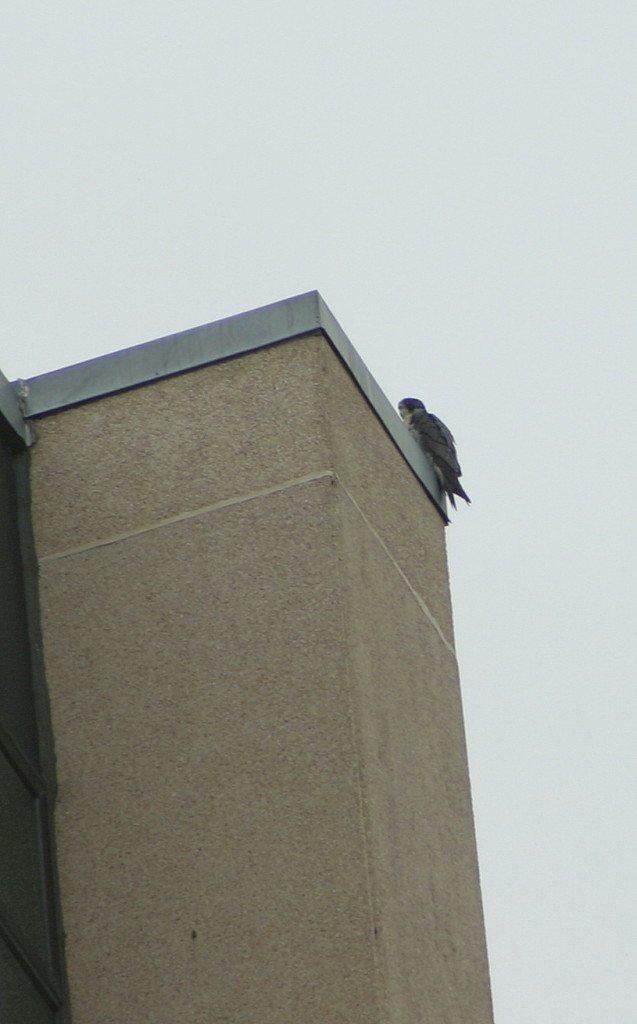 2015
2015